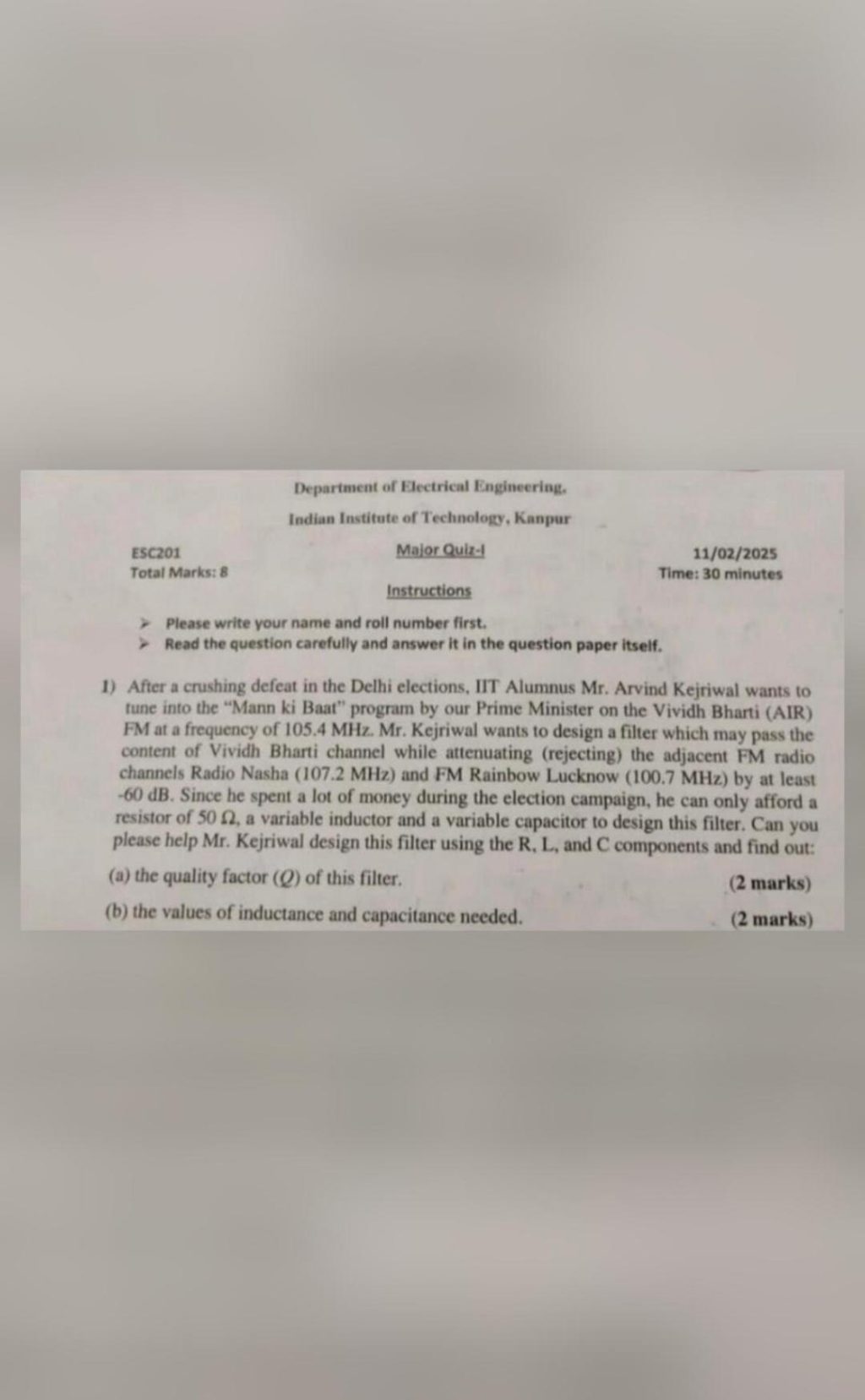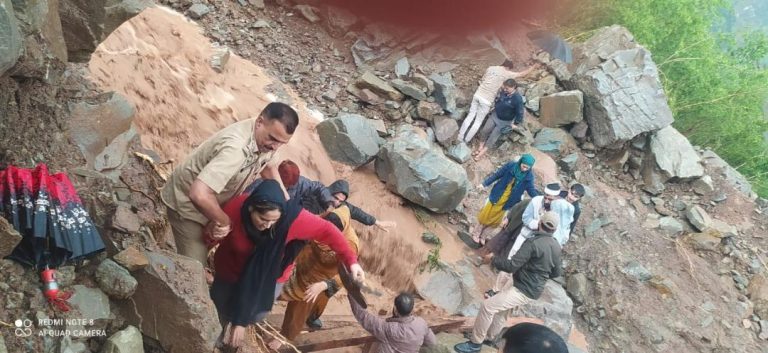
Wanted Exam to be More Engaging: IIT Kanpur on ‘Kejriwal & Mann Ki Baat’ Question
In a surprising turn of events, a question paper from IIT Kanpur went viral on social media, asking students to design a filter for Arvind Kejriwal, the Chief Minister of Delhi, to help him tune into Prime Minister Narendra Modi’s ‘Mann Ki Baat’ radio program after the Delhi Assembly election results. The question, which appeared on the paper for the Electrical Engineering course, sparked a mix of reactions from students, politicians, and the general public alike. In this blog post, we’ll delve deeper into what led to the creation of this question, the institute’s response, and what it says about the approach to education in India.
The question, which was part of a problem-solving exercise, asked students to “design a filter to help Arvind Kejriwal tune into PM’s Mann Ki Baat after Delhi poll loss.” The question’s objective was to test the students’ ability to think creatively and develop innovative solutions to real-world problems. However, many people felt that the question was unnecessary and irrelevant to the course material.
The viral question was met with a mix of reactions from students, with some praising the creative approach and others criticizing it for being unprofessional. Many took to social media to express their opinions, with some calling it a “stupid” question and others appreciating the attempt to make the exam more engaging. The institute’s decision to include such a question has raised important questions about the approach to education in India and whether it’s necessary to make exams more interesting and relevant to real-life scenarios.
In response to the controversy, IIT Kanpur confirmed that the question was indeed part of the exam paper and was drafted by a professor who likes to use references to well-known personalities to make exam questions more engaging. The institute stated that the question was meant to test the students’ ability to think creatively and develop innovative solutions to real-world problems. However, many people felt that the question was unnecessary and irrelevant to the course material.
The incident has sparked a debate about the role of satire and humor in education. While some argue that incorporating humor and satire into exams can make them more engaging and enjoyable, others believe that it’s a distraction from the primary objective of education – to impart knowledge and skills. The question also raises important questions about the approach to education in India, where exams are often seen as the sole measure of a student’s intelligence and abilities.
The use of references to well-known personalities in exam questions is not a new phenomenon. Many institutions and educators use this approach to make exams more engaging and relevant to real-life scenarios. However, the question raised by IIT Kanpur is unique in its use of a current political figure and event. The incident has sparked a debate about the role of politics in education and whether it’s necessary to make exams more interesting and relevant to real-life scenarios.
In conclusion, the viral question from IIT Kanpur has sparked a debate about the approach to education in India and whether it’s necessary to make exams more engaging and relevant to real-life scenarios. While some argue that incorporating humor and satire into exams can make them more enjoyable, others believe that it’s a distraction from the primary objective of education – to impart knowledge and skills. The incident has also raised important questions about the use of references to well-known personalities in exam questions and whether it’s necessary to make exams more interesting and relevant to real-life scenarios.
As the debate continues to rage on, it’s clear that the question has sparked a much-needed conversation about the approach to education in India. Whether or not the question was necessary or relevant, it’s undeniable that it has raised important questions about the role of education in shaping our society and the skills we need to succeed in the 21st century.



